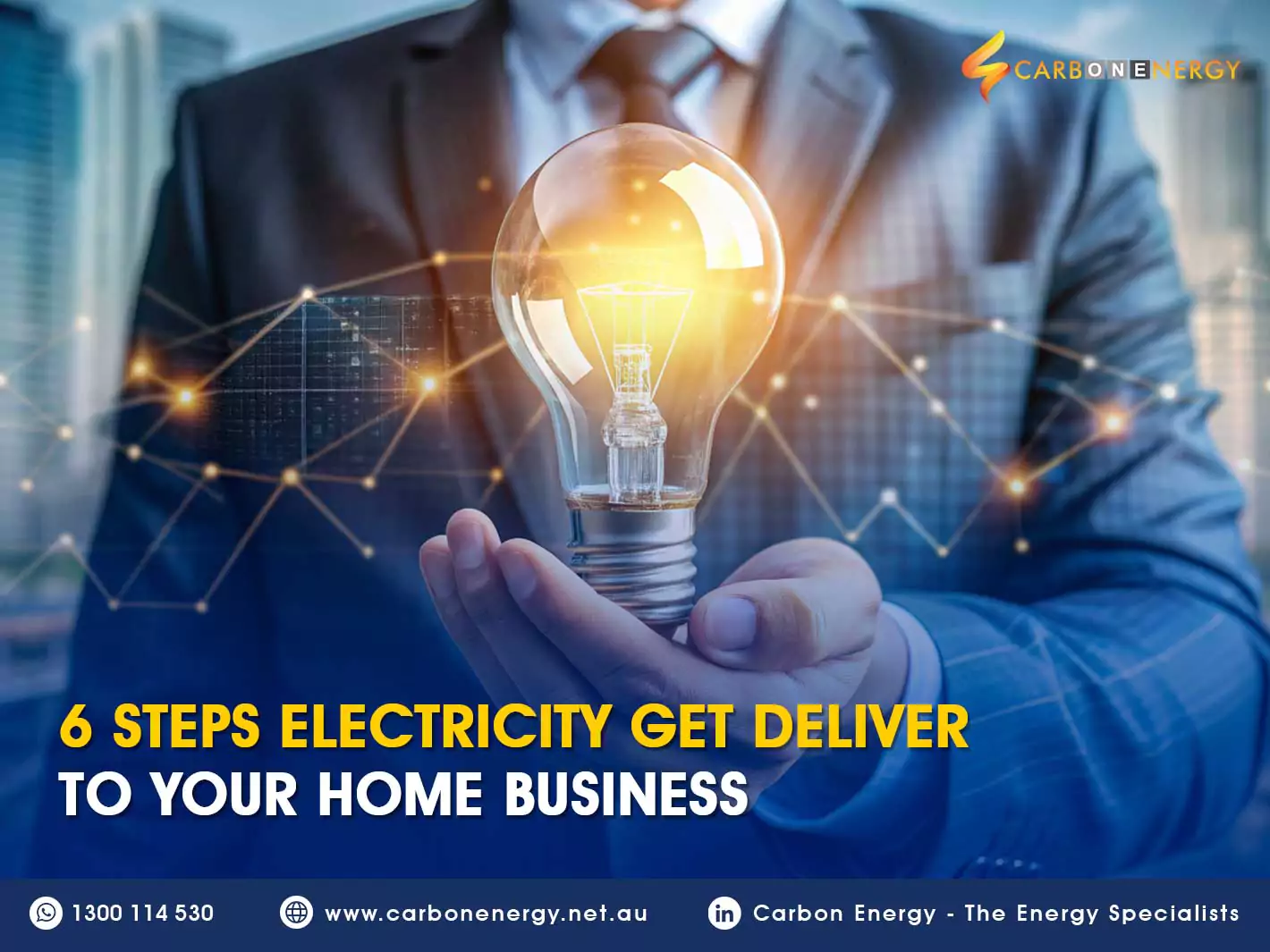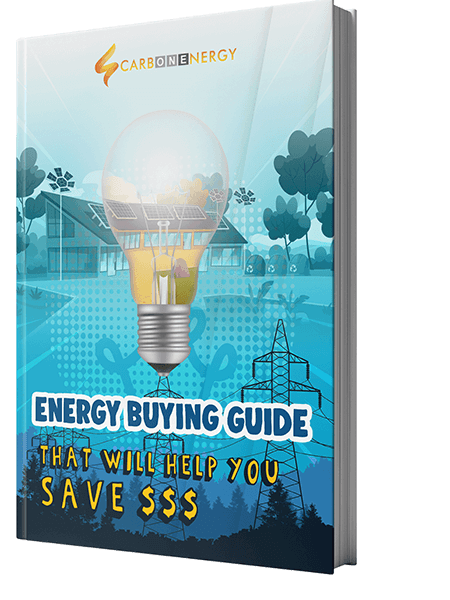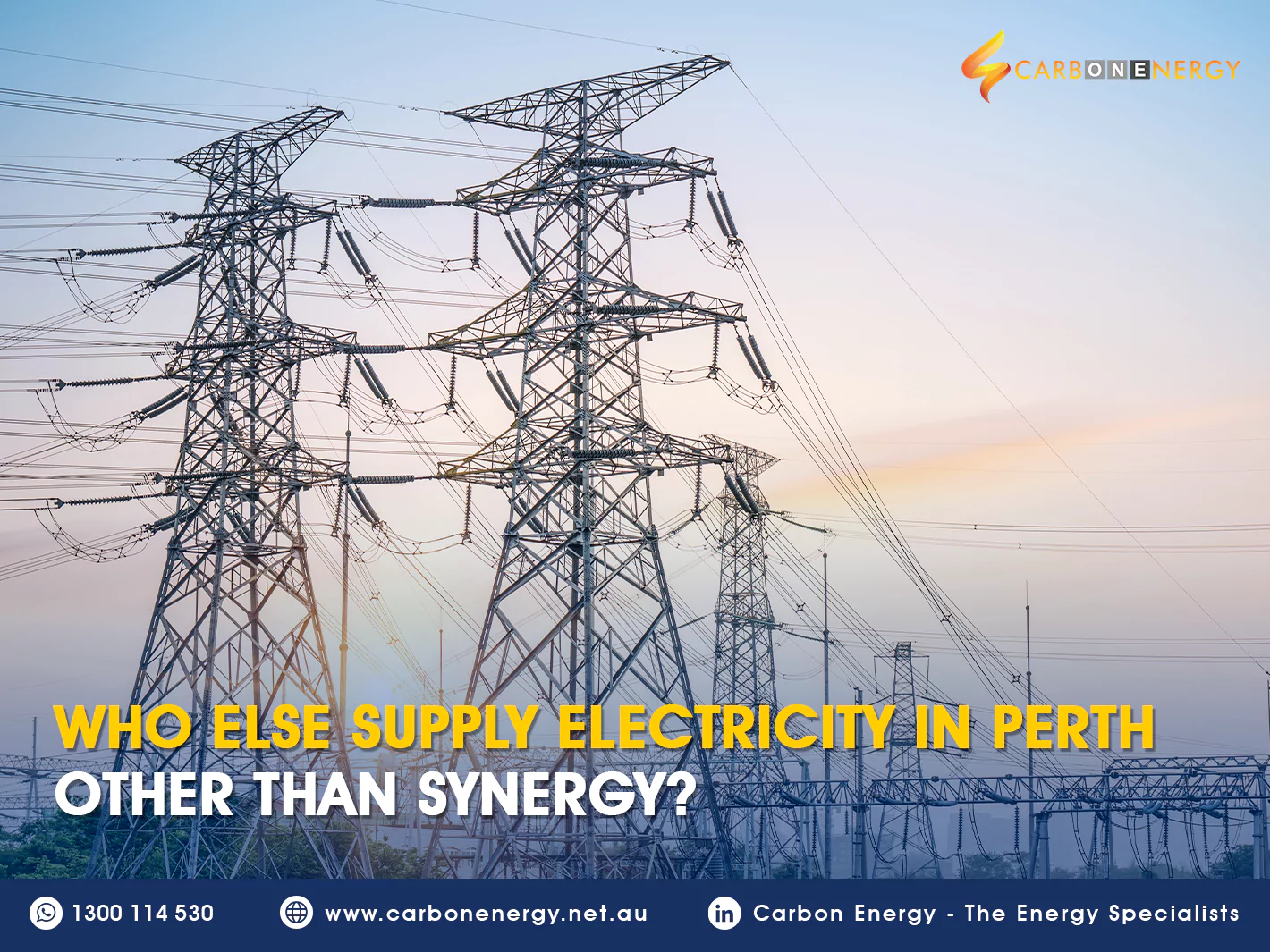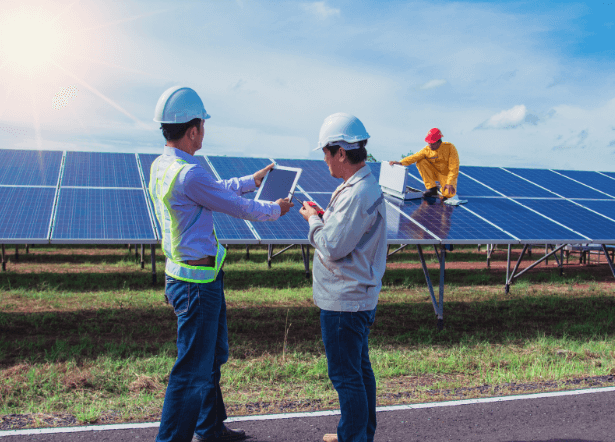How Electricity Gets To Your Home Or Business In Perth
Have you ever wondered how electricity gets into your business site? We probably are more dependent on electricity than we think. Whenever you need it, it’s always there. You use it to charge your phone or to turn on your AC. Electricity keeps us alive day after day. From boiling water for our morning tea or coffee to having a warm shower late at night after work. Has it ever popped into your mind how exactly electricity is delivered to our homes or companies?
Electricity is delivered by the energy supplier directly to your house via a complex network. Read another entry of our blog if you are interested in knowing the energy suppliers in WA.
Imagine the works involved, the power station where your electricity is produced could be located hundreds of miles away! Let’s dig deeper to understand how electricity gets to your house or business in Perth.
The Steps Of How Electricity Is Delivered To Our Homes Or Businesses
In a simple explanation, the power stations produce electricity for us. The electricity then passes through massive network transmission lines that take it to substations. Lastly, distribution lines transport electricity from the substations to households, companies, and other buildings.
Here is the rigid and detailed process on how electricity gets to your house or business.
1. The Power Station
Power stations are the places that generate electricity. These power stations are massive and are usually located near energy sources. The Energy Sources are coal mines, natural gas production plants, or hydro-electric plants. Once the power is generated, the energy will be distributed from where it is to where the consumers are located, which is typically in cities and major towns – that is where the network grid comes in.
2. Substation Transformer
Electricity is then transported through to the first substation transformer to raise the voltage of the electricity to enable it to be transported more efficiently for long-distance transport through the transmission networks to smaller distribution networks (commonly known as the poles and wires system).
3. Transmission Network
The transmission networks are the ones that help to move the electricity from the power stations to the distribution networks so it can be passed into your home or business. The electricity is transmitted at high voltages so that large amounts can travel efficiently over long distances.
4. The Second Substation Transformer
When the electricity passes through the distribution networks, it goes through the second substations; this is where the transformers help to lower the voltage of the electricity to make it ready to be distributed for everyday use.
5. Distribution Power Lines
These Power Lines carry electricity to its final destination, such as your home or business. These power lines are sometimes underground, but mostly they are visible along the sides of roads.
6. Your Home & Business
Finally, electricity arrives in our homes and businesses to keep our lives going every day. Your electricity passes through the service drop and gets recorded at your metre. Every building that uses electricity has a meter for measuring consumption and a switchboard for dividing the electricity up into circuits for each area of the building.
Were you able to figure out the mechanisms involved for electricity to get to your business location? If you miss anything, check up a video we made to better illustrate the entire delivery process.
Electricity Meters & Circuits In Your Home Or Business & How They Work
The electricity meter is required in every building that uses electricity to measure power consumption. This meter is what the Network Operator takes the reading from so that the supplier can bill you correctly for what you use.
Meanwhile, a circuit is a path that allows the electric current to flow through to perform a function, to make the power work at your location. The wires in your home or business carry the electricity from the circuits to switches and outlets at your premises.
The fuses or circuit breakers stop the circuits from overloading. A circuit breaker automatically turns off the circuit when too much electricity flows through it. Fuses do a very similar job, but the wires melt in order to break the circuit.
After knowing how electricity is delivered to your home and business, you would probably understand why you have to pay an arguably high electricity price. Have you ever wondered what makes up an electricity bill? Here is the explanation.
What Makes Up Your Electricity Bills?
According to the Australian Energy Market Commission (AEMC) in their 2017 Residential Electricity Price Trends report, it is reported that the charges on electricity bills includes: Network cost, wholesale cost, environmental and system security cost, and residual cost (residual retailer cost, risk, and errors). The information above will help you to understand the factors that are influencing your power cost, and one of them is your preferred energy retailer.
Also read another entry which explains what factors make up the electricity rates.
Carbon Energy Helps You Get The Best Deal From The Right Retailer
Currently, residents in Perth are enjoying electricity supplied by Synergy and the prices are both regulated and subsidised by The Western Australian Government. But it doesn’t apply to companies. For business, the freedom to choose an energy retailer is in your hands. You surely want to benefit from this privilege.
Choosing the right deals from various energy retailers is time consuming and tiresome. We are here to do all the painful work for you. Carbon Energy is a Perth based Energy Broker; we have immense knowledge and vast experience in the WA energy market.
We remove the hassle from dealing with numerous energy providers by completing all the comprehensive evaluation and calculation on your behalf to ensure you obtain competitive offers with low contract risks to your business.
Speak to one of our energy specialists on 08 6460 1613 for an obligation free discussion.





